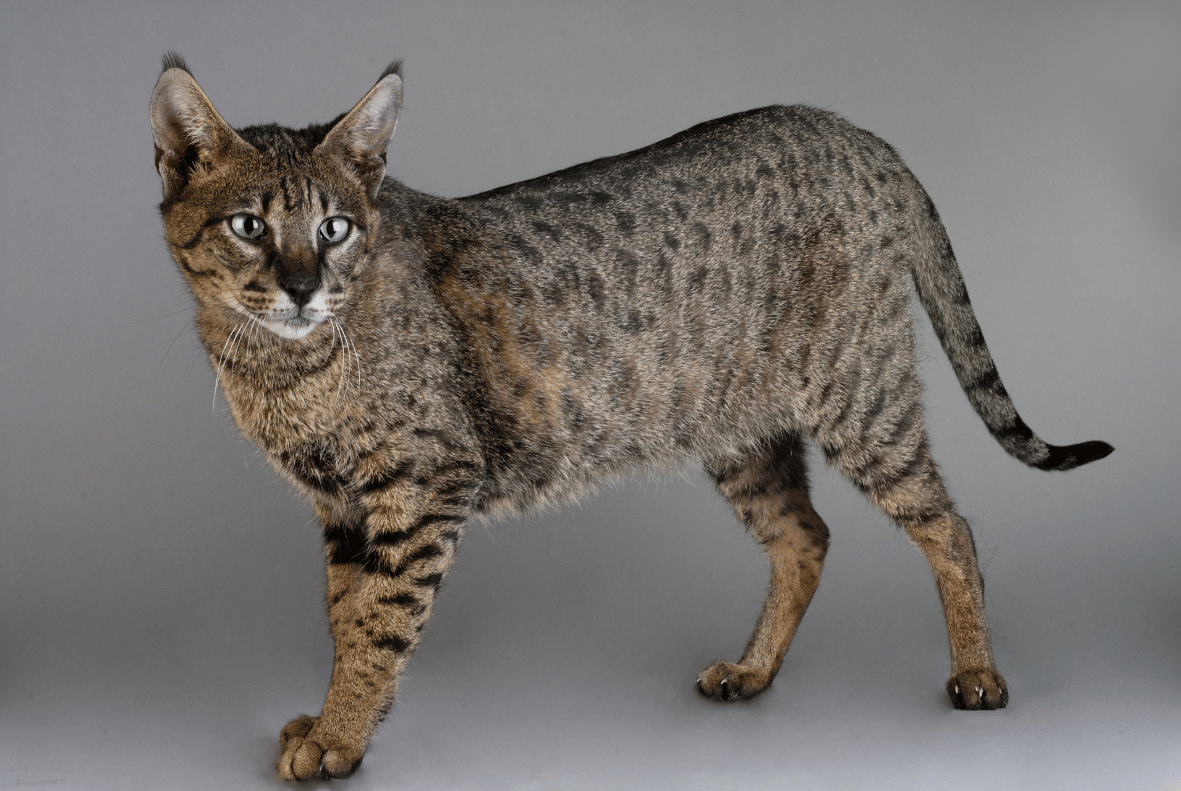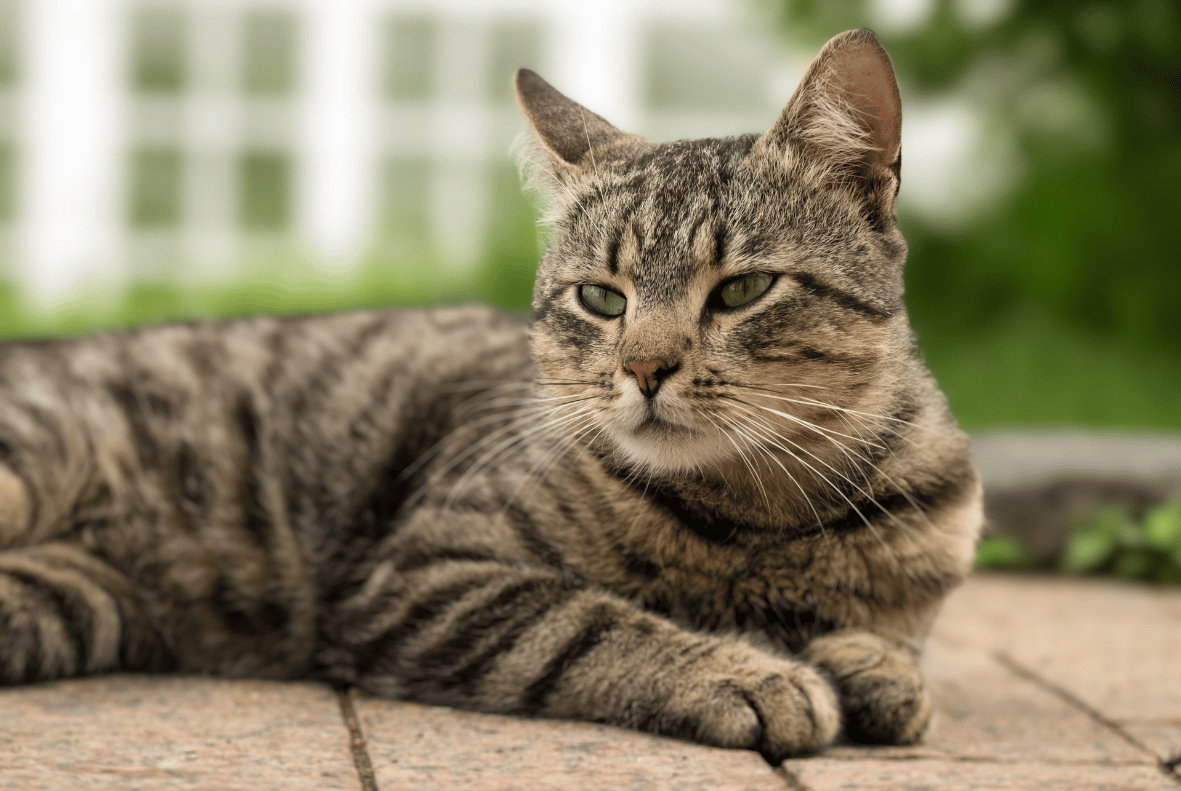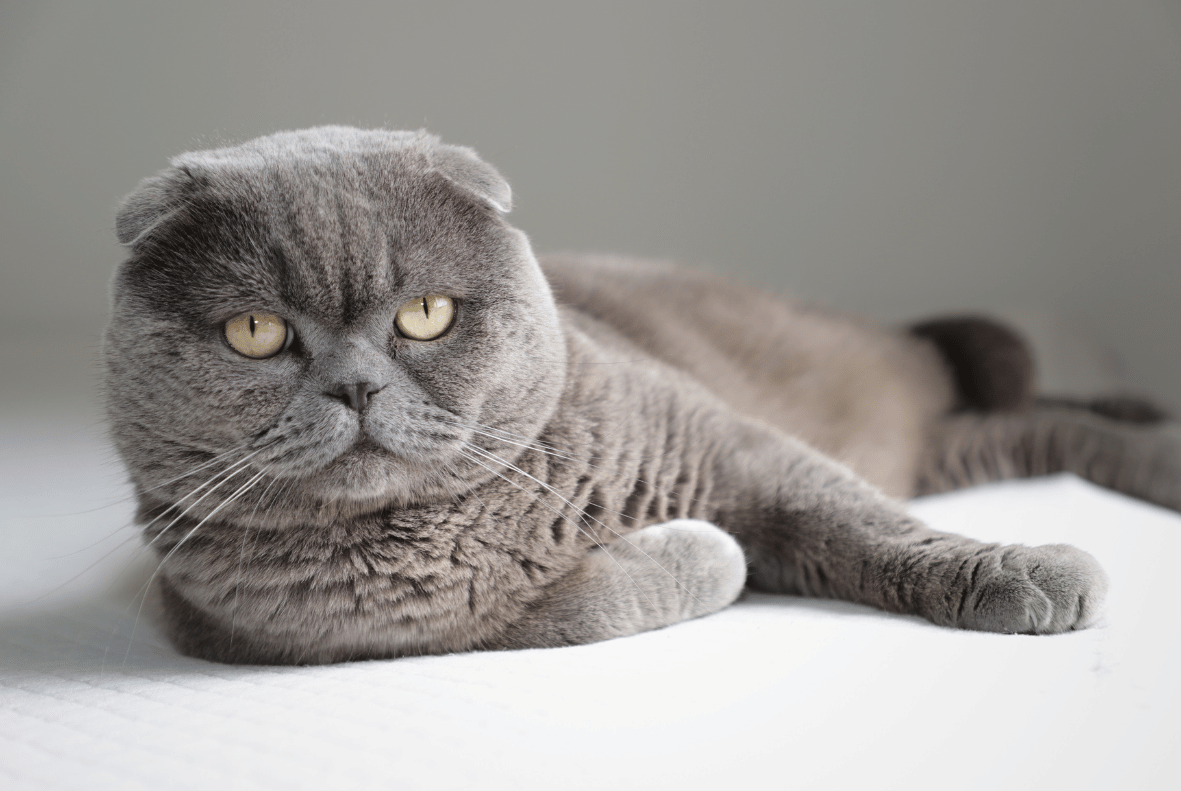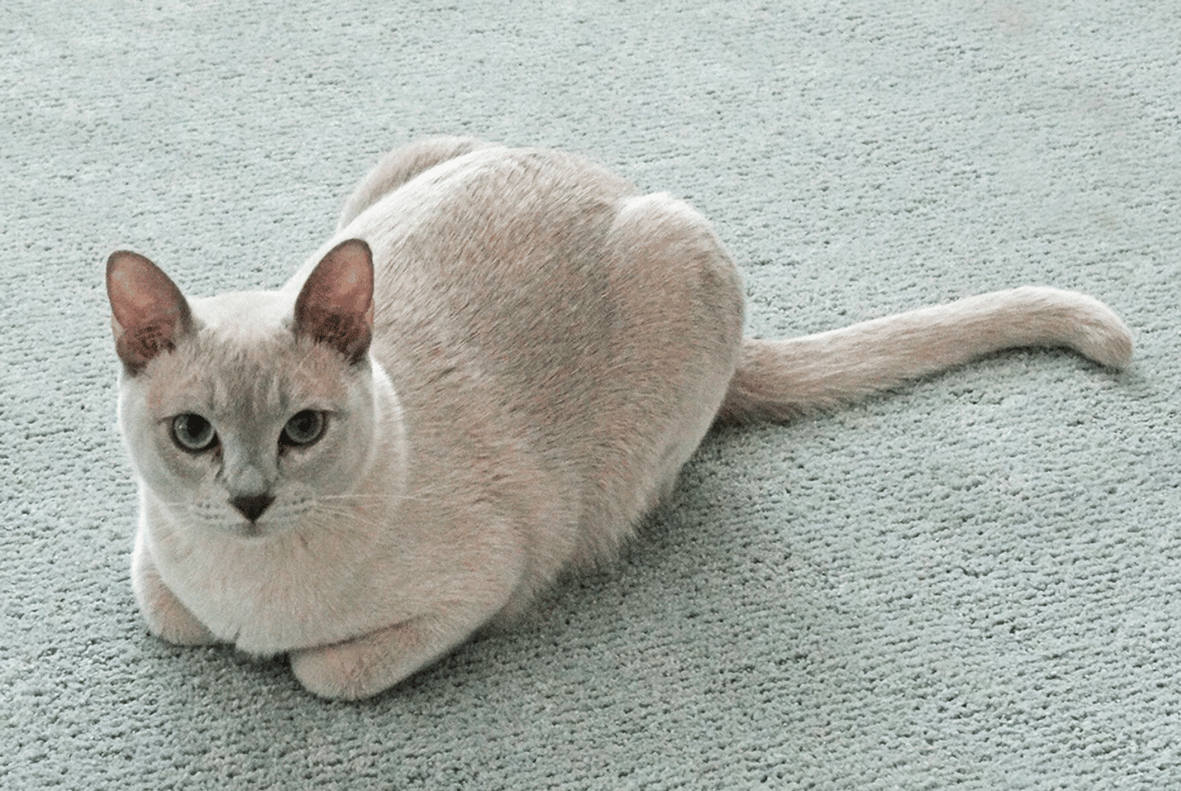British Shorthair Cat Insurance
Get a quoteAre you looking to insure your British Shorthair? It's worth considering British Shorthair pet insurance if you are looking to protect yourself against unexpected vet bills.
British Shorthair Character
British Shorthair Appearance
Conditions which affect this breed
Weird Fact..
They are known for their love of sitting on paper. Whether it's a newspaper, magazine, or even a sheet of printer paper, many British Shorthairs seem to be inexplicably drawn to sitting on top of it.
British Shorthair History
British Shorthair Insurance
When looking to insure your British Shorthair its worth shopping around, with a British Shorthair insurance comparison you may be able to save both time and money so why not get a British Shorthair insurance quote today.
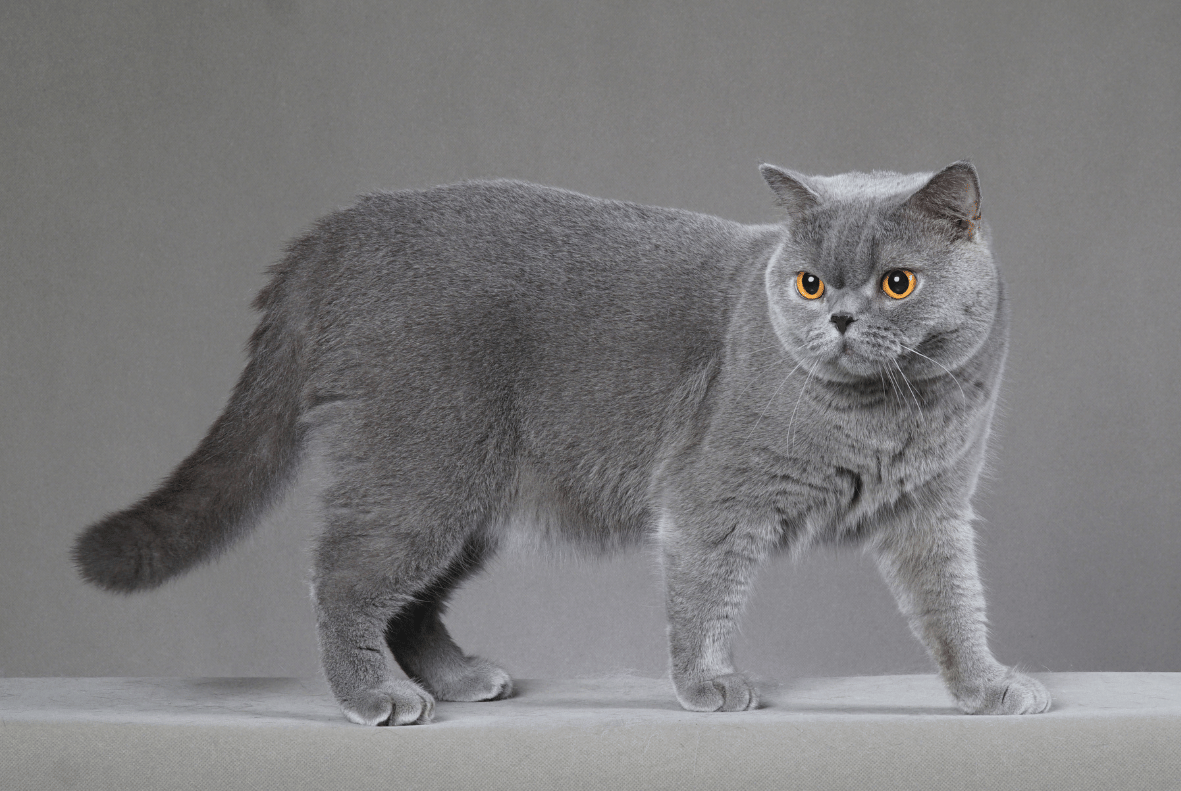
Size: Medium
Life span: 12 years or more
Exercise: Up to 1 hour per day
Home size: Medium
Coat length size: Short
Sheds: True
